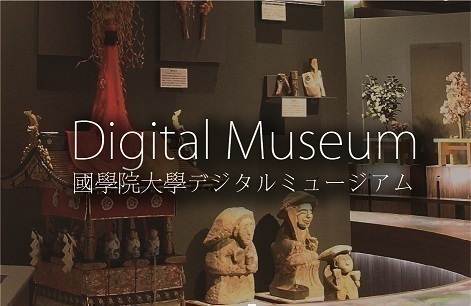- トップ
- Encyclopedia of Shinto
- Chinkon-sai
Encyclopedia of Shinto
| Main Menu: | |
| Links: |
詳細表示 (Complete Article)
| カテゴリー1: | 5. Rites and Festivals |
|---|---|
| カテゴリー2: | State Rites |
| Title | Chinkon-sai |
| Text | "Festival for the pacification of the spirit". A ritual of the ancient and medieval eras. Also called "mitama furi," "mitama shizume," "ō-mitama furi," "tama shizume no matsuri." According to the Commentary on the Legal Code (Ryō no gige), the rite is intended to "call back" and "pacify" a spirit that is trying to depart from the body. As a state ritual (as codified under the Ritsuryō state) the Chinkon-sai served to strengthen the spirit-soul of the emperor before he performed the major rituals of Daijō-sai and Niiname-sai and was to take place on the "day of the lion" (tora) prior to those rites. First referred to in the entry for the eleventh month of 685 in the Chronicles of Japan (Nihon shoki). Usually the rite was performed within the Imperial Household Ministry (Kunaishō) where a "seat" (kamiza) for the deity was prepared. The ceremony was conducted by shrine virgins (mikannagi) and kagura-dancers (sarume) from the Department of Divinities (Jingikan), and was attended by ministers and lesser officials who would bear the emperor's garments. A large vessel known as ukifunetsuki, used in the ceremony, is said to derive from the legend of the Heavenly Rock Cave (Ama no Iwato), although not all theories agree on its meaning. Although the buildings of the Imperial Household Ministry no longer existed after the end of the Heian period, the rites of the Chinkon-sai continued to be held where they had once stood. The festival was abolished in the fifteenth century and then revived in pre-modern times, though it no longer followed its original formula. It has been performed within the imperial palace since the Meiji era. In the ancient and medieval eras, festivals for the pacification of the spirit were also performed for the junior empresses and the crown prince. — Namiki Kazuko |




